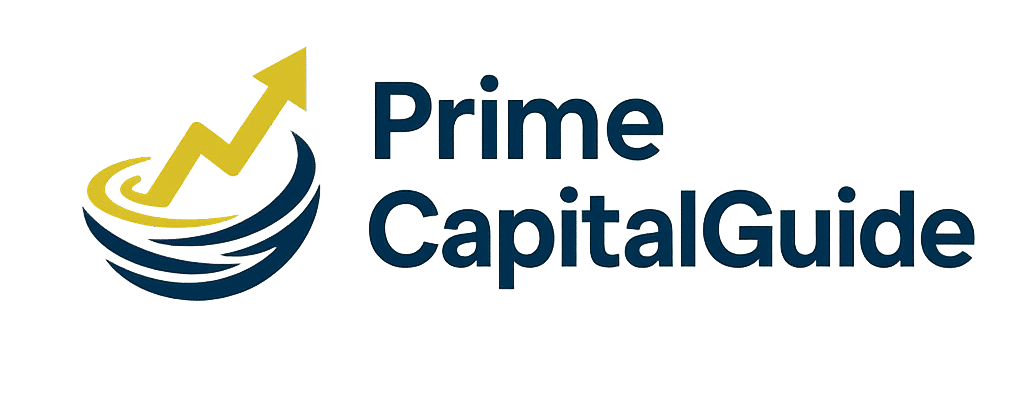Financial Freedom Strategies: Your 9-Step Roadmap to Building Wealth in 2025
In today’s uncertain economic climate, achieving financial freedom strategies that work has become more important than ever. Whether you’re drowning in debt or simply want to build lasting wealth, this comprehensive guide will walk you through actionable steps to take control of your finances.
What Does Financial Freedom Really Mean?
Before diving into specific financial freedom strategies, let’s define what financial freedom actually means. At its core, financial freedom represents the ability to live life on your own terms without being constrained by money concerns. It means having enough savings, investments, and cash flow to afford the lifestyle you desire.
The 9 Most Effective Financial Freedom Strategies
1. Assess Your Current Financial Situation
The first of our financial freedom strategies begins with understanding where you stand today. Create a detailed inventory of:
- All assets (savings, investments, property)
- All liabilities (debts, loans, mortgages)
- Monthly income streams
- Monthly expenses
2. Set SMART Financial Goals
Effective financial freedom strategies require clear objectives. Use the SMART framework:
- Specific: “Save $500/month” instead of “save more”
- Measurable: Quantify your targets
- Achievable: Set realistic milestones
- Relevant: Align with your values
- Time-bound: Set deadlines
3. Create and Stick to a Budget
No discussion of financial freedom strategies is complete without budgeting. The 50/30/20 rule works well for most:
- 50% for needs (housing, utilities, groceries)
- 30% for wants (entertainment, dining out)
- 20% for savings and debt repayment
4. Build an Emergency Fund
A cornerstone of all successful financial freedom strategies is preparing for the unexpected. Aim for:
- 3-6 months of living expenses for single earners
- 6-12 months for families or business owners
5. Eliminate High-Interest Debt
Debt is the enemy of financial freedom strategies. Focus on paying off:
- Credit cards (typically 15-25% APR)
- Personal loans (often 10-15% APR)
- Auto loans (usually 5-8% APR)
6. Maximize Your Income Potential
Top-tier financial freedom strategies always include income growth. Consider:
- Asking for a raise or promotion
- Developing high-income skills
- Starting a side hustle
- Investing in real estate
7. Invest Consistently for Long-Term Growth
The most powerful of all financial freedom strategies is letting compound interest work for you. Focus on:
- 401(k) or employer retirement plans
- Roth IRAs for tax-free growth
- Low-cost index funds
- Diversified portfolios
8. Protect Your Wealth
Solid financial freedom strategies include risk management:
- Adequate insurance coverage
- Estate planning
- Asset protection
- Tax optimization
9. Continuously Educate Yourself
The landscape of financial freedom strategies constantly evolves. Stay informed by:
- Reading financial books and blogs
- Following reputable financial experts
- Attending seminars or webinars
- Joining investment clubs
Common Mistakes That Derail Financial Freedom Strategies
Even the best financial freedom strategies can fail due to:
- Lifestyle inflation
- Emotional investing
- Neglecting insurance
- Trying to time the market
- Following get-rich-quick schemes
Advanced Financial Freedom Strategies for Accelerated Growth
Once you’ve mastered the basics, consider these advanced financial freedom strategies:
- House hacking (living for free by renting part of your home)
- Tax-loss harvesting
- Starting a business
- Investing in private equity
- Geographic arbitrage (earning in strong currencies while living in low-cost areas)
Tracking Your Progress Toward Financial Freedom
Implementing financial freedom strategies requires regular check-ins. Monitor:
- Net worth statements (quarterly)
- Investment portfolio performance
- Debt reduction milestones
- Savings rate improvements
Financial Freedom Strategies for Different Life Stages
In Your 20s:
Focus on debt elimination, skill-building, and starting to invest early.
In Your 30s-40s:
Maximize retirement contributions and build multiple income streams.
In Your 50s+:
Shift to capital preservation and tax-efficient withdrawal strategies.
Final Thoughts on Achieving Financial Freedom
While financial freedom strategies may seem overwhelming at first, remember that small, consistent actions create massive results over time. The journey begins with a single step – start today with one action from this guide, and you’ll be closer to financial independence than you were yesterday.
Which of these financial freedom strategies will you implement first? Share your thoughts in the comments below!
